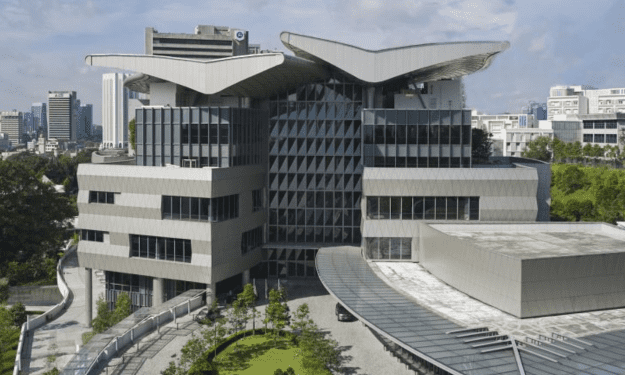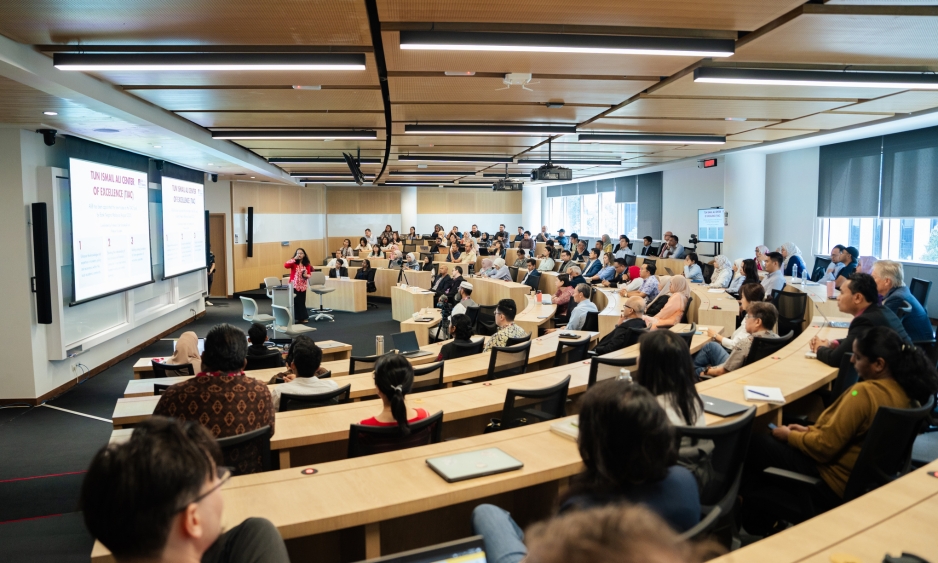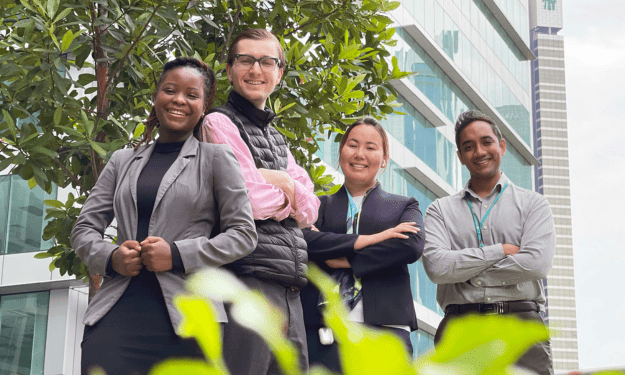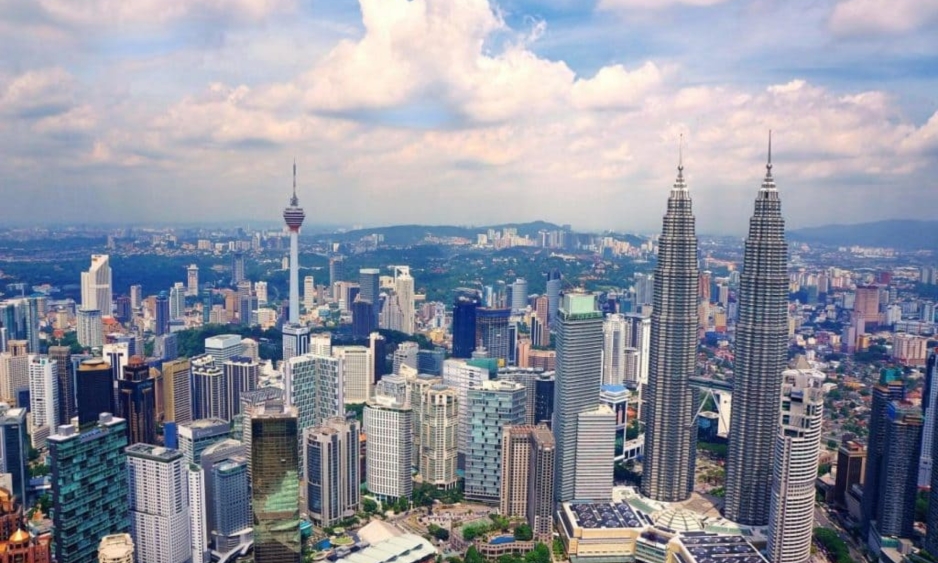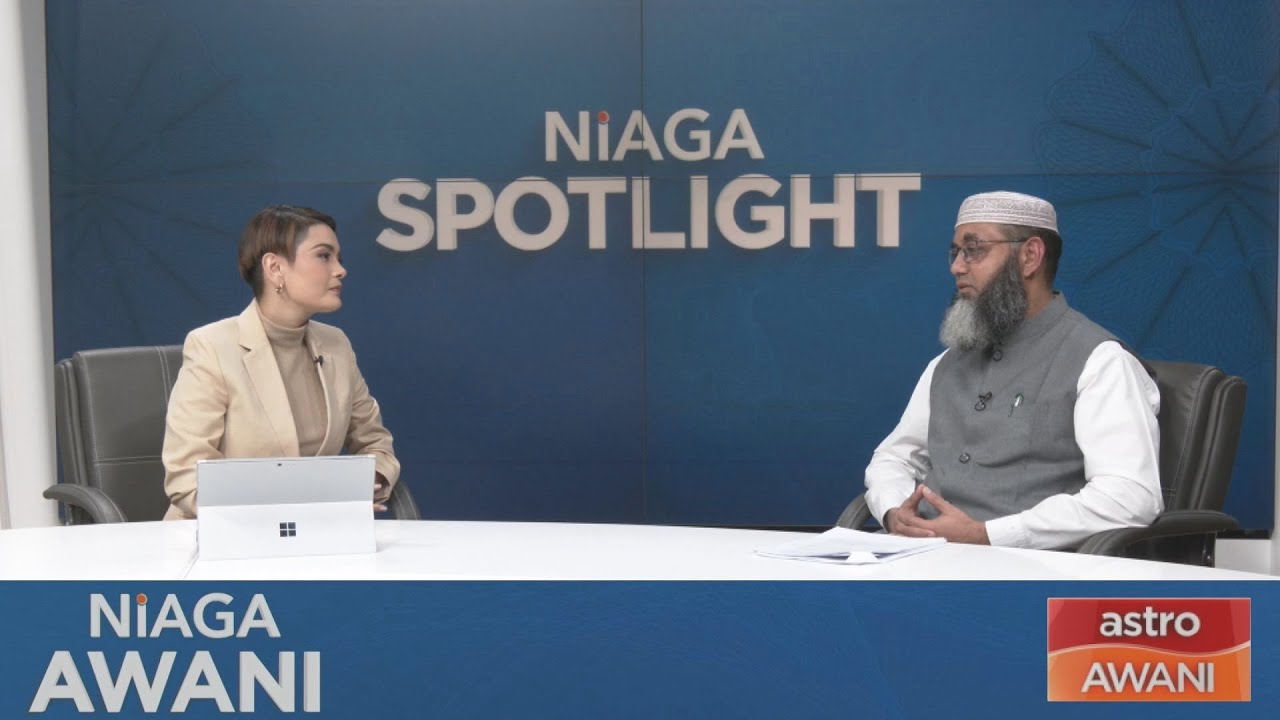Category: Featured in the Media
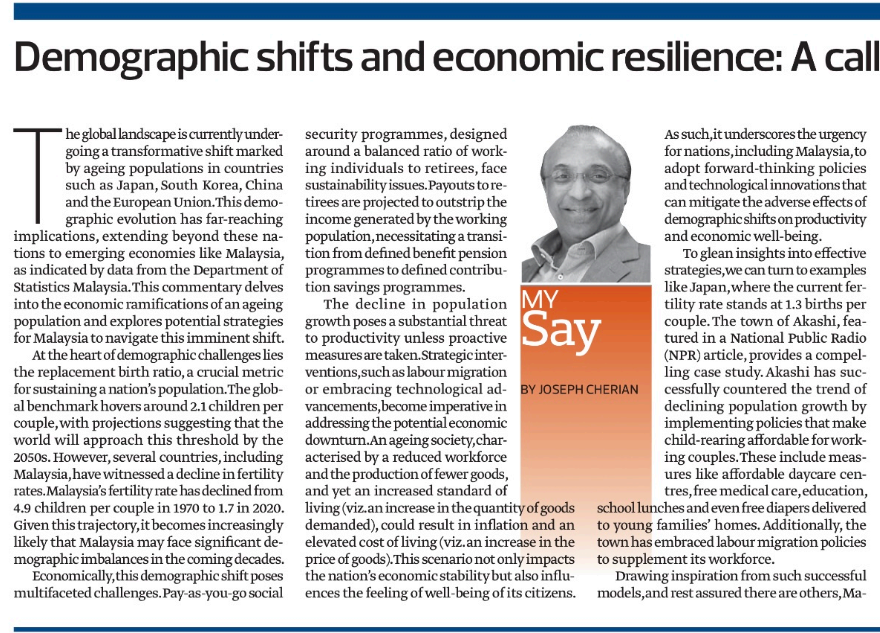
The global landscape is currently undergoing a transformative shift marked by ageing populations in countries such as Japan, South Korea, China and the European Union. This demographic evolution has far-reaching implications, extending beyond these nations to emerging economies like Malaysia, as indicated by data from the Department of Statistics Malaysia
Read the full article HERE.
Originally published by The Edge.
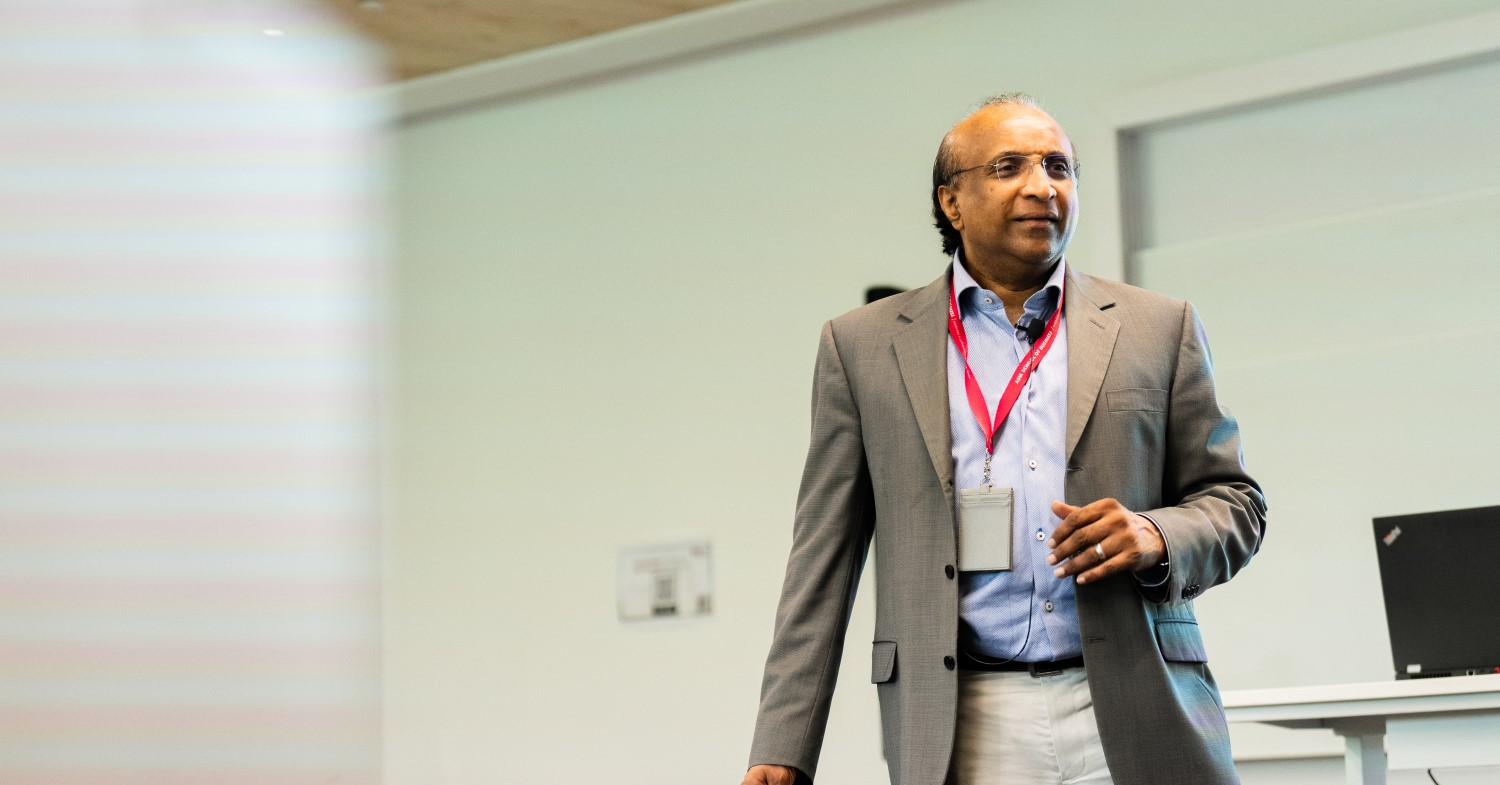
So, why should Malaysia’s tertiary education system be any different from the more developed world’s? It, too, should be embedded with flexibility. Based on the examples provided below and without delving into the financial mathematics, it would enhance one’s educational experience and value far more than a system without such flexibility. In economics, we refer to this as being on the Pareto-efficient frontier, where resources and opportunities are allocated in the most efficient manner.
Flexibility holds intrinsic value in various aspects of life — careers, investment plans and policymaking. A key reason for this is the uncertainty that surrounds future outcomes. Whether it’s predicting the trajectory of financial markets, the global economy, the exchange rate of the Malaysian ringgit or even getting into a car accident, our ability to foresee the future is inherently limited.
This unpredictability is evident in the changing demands of the workforce. According to the World Economic Forum, 44% of workers’ core skills will need to change by 2027 due to advances in technology and automation. Meanwhile, the global e-learning market is projected to grow to US$842.64 billion (RM3.71 trillion) by 2030, highlighting the increasing reliance on flexible, technology-enabled education solutions.
Consider the current unpredictability of global events and their implications for education. In today’s rapidly changing world, traditional systems may no longer suffice. For instance, educat ional models that rigidly define paths wi thout accommodating individual needs or interests risk leaving many behind.
This is where the concept of flexibility becomes critical in education. Allowing learners to tailor their journeys based on personal or professional goals, or even unforeseen circumstances, enhances the overall value of education. Gap years, modular learning and asynchronous courses are examples of how education systems can adapt to accommodate diverse needs.
Globally, there is growing recognition of the need for adaptive learning structures. Prestigious institutions have adopted models that allow students to pause their studies, explore interdisciplinary fields or even take courses remotely. These practices not only enrich the individual learning experience but also contribute to society by fostering creativity, resilience and adaptability among learners.
Take, for example, the emergence of digital and online learning in the last decade. Universities worldwide, such as the Massachusetts Institute of Technology (MIT), Cornell University and Yale University, have embraced this shift, offering remote learners access to high-quality courses and programmes. From engineering in Patagonia to business analytics in Kuala Lumpur, technology has bridged the gap between learners and education, bringing opportunities that were once out of reach.
The economic value of flexibility in education extends beyond individual growth. It benefits employers by creating a more adaptable workforce and society by encouraging
lifelong learning. According to Linkedln’ s Workplace Learning Report, 94% of employees say they would stay at a company longer if it invested in their learning and development — a testament to the importance of education that adapts to evolving career trajectories.
As education systems evolve, the emphasis should remain on quality and accessibility. Agile learning methods, stackable courses and modular degree options are examples of how institutions can make education more inclusive and relevant. These innovations represent a step towards a future where learning is not just a phase of life but a continuous, adaptive journey.
Educational institutions worldwide are already setting the stage for this transformation. By embracing flexibility, we can create an ecosystem that supports learners at every stage of their journey — and, in doing so, prepare for a future where uncertainty is the only certainty.
Originally published by The Edge.

Aligned with our country’s energy transition objectives, the government has established the Energy Exchange Malaysia (ENEGEM) to facilitate cross-border green electricity sales to neighbouring countries. Ganesha Pillai, Senior Research Associate, Center for Technology, Strategy and Sustainability, Asia School of Business shares his insights into the impact of this initiative on regional energy dynamics.
Listen to the full interview below.
Originally published by BFM.
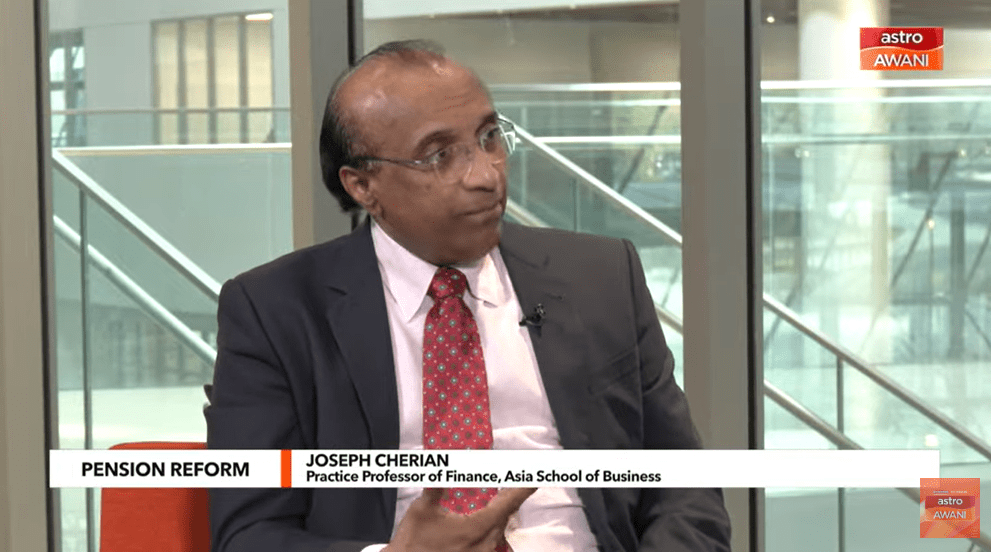
As Malaysia prepares to introduce a new pension system in 2024, Practice Professor of Finance Joseph Cherian highlights the need for the move, despite its potential unpopularity.
Watch here.
Originally published by Astro AWANI.
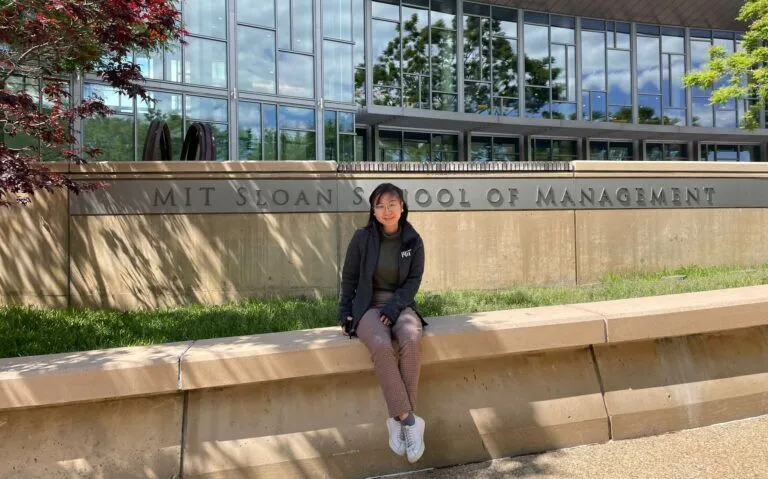
Any mention of a Master of Business Administration (MBA) degree brings up two things: the return on investment (ROI) and the price tag to achieve it. These inevitably lead to the question: “Is an MBA worth it?”
For Michelle George Tan, “worth it” doesn’t even sum up what her MBA has given her.
Born and bred in Manila, Philippines, she grew up witnessing the benefits an MBA could bring: her father built a family business out of his MBA thesis – one that’s still running today.
This became a major source of inspiration. George knew that an MBA was in her future, but she didn’t know how valuable it would be.
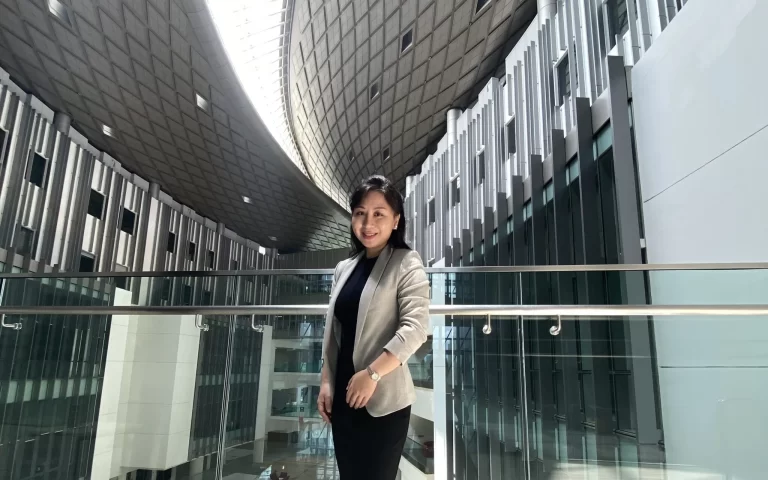
The journey to earning an MBA
George’s MBA journey started not with an application to a business school, but by joining a competition.
She took part in a Malaysian bank’s “GO Ahead Challenge” which gathered 60 students from around the world in Kuala Lumpur to participate in business case challenges that even brought them to the shores of neighbouring Indonesia.
At that time, George was pursuing a bachelor’s degree in business administration at the University of the Philippines.
Thanks to the challenge, George was offered a graduate position in Maybank Philippines. Soon after, she was invited to a training opportunity in Kuala Lumpur.
“That was the first time I went out of the country for anything work-related, and I went thinking it was only going to be six months,” says George.
She ended up winning a position in the Malaysian branch, where she would trade in the financial markets for nearly four years.
“But I didn’t see myself doing that for too long; I felt like something was missing,” says George. “Maybe it was the fulfilment aspect – I wanted to do something I felt was more meaningful, and an MBA was one pathway I found that could give me the answer.”
Having been in Kuala Lumpur for so long, George knew she wanted to pursue an MBA here. It was close to home, and there were plenty of opportunities to explore that wouldn’t break the bank.
An MBA often comes with a hefty price tag – the most prestigious MBAs, like one from Harvard Business School, cost US$149,820 for the 2022-23 academic year.
George didn’t have to worry about that though – she got into the Asia School of Business (ASB) with an 80% scholarship.
The school’s one-year, full-time MBA programme features a core curriculum taught by ASB and MIT Sloan faculty, complemented by Action Learning projects with organisations across Asia and beyond.
Students also spend four weeks of immersion in MIT Sloan’s Cambridge, Massachusetts campus.
“That made it really worth it,” says George.
“You get an MIT experience and knowledge by having their professors fly in, but you don’t pay for the same thing in MIT. During the immersion weeks, we would even get classes by highly sought-after MIT professors where even MIT students can’t sign up for those classes.”
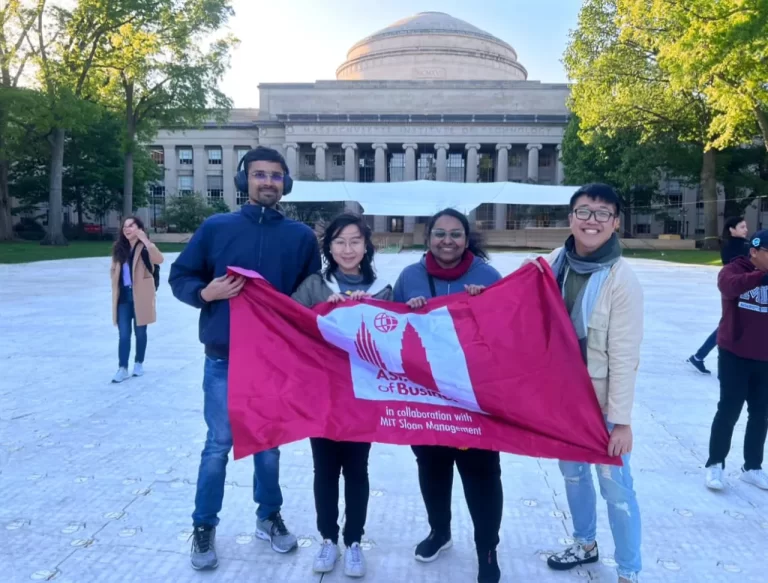
Is an MBA worth it? That depends on the jobs you can get
Most of what makes an MBA intense are the many varied business case studies and experiential learning opportunities.
In George’s case, ASB offered Action Learning experiences that took her around the region.
Throughout her programme, she’s worked in a Malaysian financial technology start-up, an Indonesian philanthropic organisation, a Singaporean exchange, and a Malaysian venture capital.
And it’s not just experiences, knowledge, and a network of connections that George is walking away with too – she’s set for a position with her last Action Learning experience company once she’s completed her MBA.
“The programme actually helped me get something concrete out of it, partly because of what I’ve gone through,” says George.
Each of her Action Learning experiences has played a crucial role in equipping her with the skills necessary to take on her new role.
From learning to navigate the start-up scene and finance models to being exposed to sustainability funds, George can pinpoint exactly where she picked up the skills that landed her the position.
“The stars sort of aligned because of those Action Learning projects,” says George. “I was able to excel and ended up getting a job offer. So my MBA experience is really worth it.”
And that’s not counting George’s post-degree salary jump.
According to the Graduate Management Admission Council (GMAC) Corporate Recruiters Survey 2021, the average starting salary for MBA holders was between 22% and 40% higher than for bachelor’s degree holders.
North American full-time MBA students received a 50% median compensation increase from pre-MBA to post-graduation: from US$80,000 to US$120,000.
Likewise, George is expecting the same jump too, but that’s not all she’s taking away from her MBA.

More than just professional development
At the start of her MBA journey, she was a competitive and “kiasu” person. “Kiasu” is a Hokkien Chinese word that translates to an extreme fear of losing.
“I felt like to progress in my career. I need to be the best. I need to be right,” says George.
Unlike other bachelor’s or master’s programmes, MBAs are primarily designed to emphasise group work and team effort.
As a programme catered towards those seeking to advance their careers in business and management, especially those hoping for leadership roles in various settings, the ability to lead and be part of a team is key throughout all MBA curricula.
“I remember that in my first year, I had a mindset of, ‘Oh my god, my teammates are slower than I wanted,” says George. “I pulled out my ‘kiasuness’, pushed everyone, and we achieved good results. But I felt distanced from my team; it did not feel right.”
“It is what made me realise that relationships are more important than being right and being fast. That’s actually the best thing I learned.”
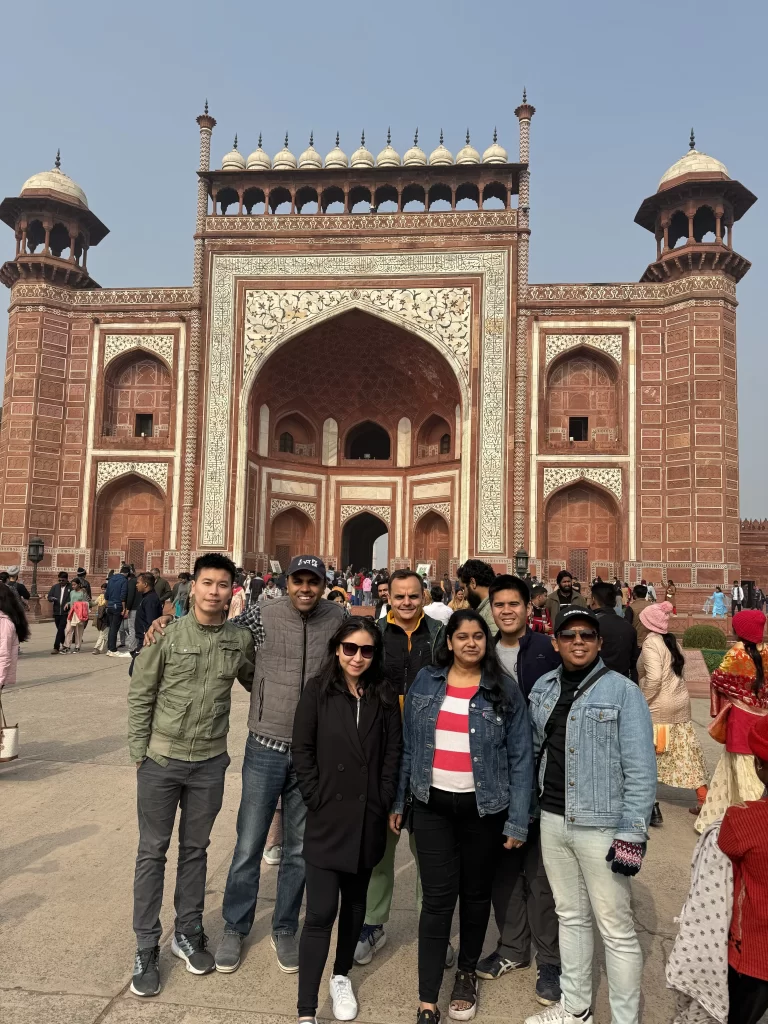
It’s a bond that extends outside of formal learning environments too.
As much as many view the relationships formed during an MBA as transactional, those who’ve experienced it find genuine, lasting friendships.
For George, being able to stay in ASB’s on-campus accommodation means having more opportunities to be with the friends she’s made during the programme.
Located in the heart of Kuala Lumpur and within the national bank’s learning hub, ASB’s 65,000-square-metre facility makes it one of the largest academic facilities in the world.
Like George, students have the option to stay in a multi-block facility that houses up to 350 visiting and full-time students for easy access to the campus and the community.
“Staying here is part of the experience because you have all these water cooler conversations,” says George. From there, it’s turned into hangouts over the weekends and trips to India and Indonesia, all hosted by the friends in the programme.
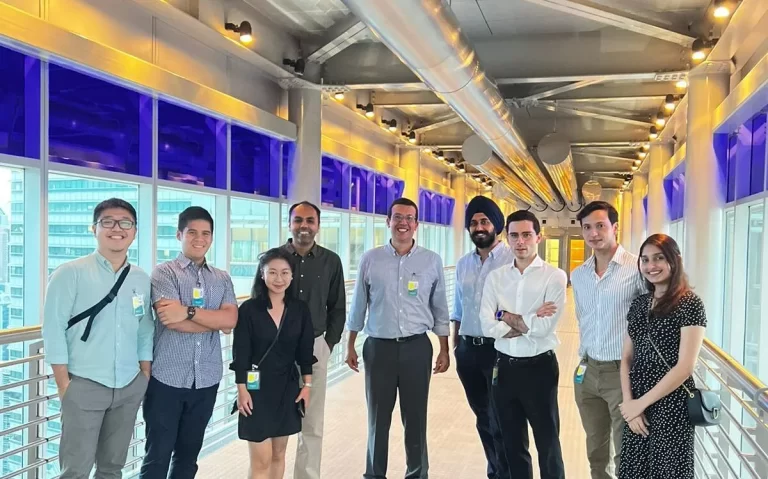
A path of personal growth
George’s MBA journey may be coming to a close, but the lessons she’s gained are more than she’d expected when she first joined the programme.
Before the MBA, George didn’t know what she was looking for.
“When I was younger, it was just about finding a glamorous job,” she says.
“But being here and seeing my classmates who are into social impact and having done those Action Learning projects made me realise that I want to do something that gives me the same meaning and fulfilment from those experiences.”
Outside of all the perks for her career, George reflects that she’s grown and transformed as a person too.
“I feel more mature than when I started my MBA and I connect better with people now,” says George. “I have the confidence that I can survive anywhere you put me.”
“I know having a positive career outlook is important, but I feel like the more important thing is developing yourself first as a person because wherever you end up putting yourself, you will survive because you have that confidence. That, to me, is important.”
So, is an MBA worth it?
Looking at every aspect of her professional and personal journey, George’s answer is “yes.”
Originally published by Study International.
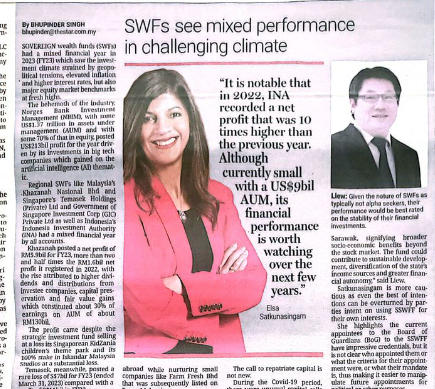
SOVEREIGN wealth funds (SWFs) had a mixed financial year in 2023 (FY23) which saw the investment climate strained by geopolitical tensions, elevated inflation and higher interest rates, but also major enquiry benchmarks at fresh highs.
Read the full article HERE.
Originally published by The Star.
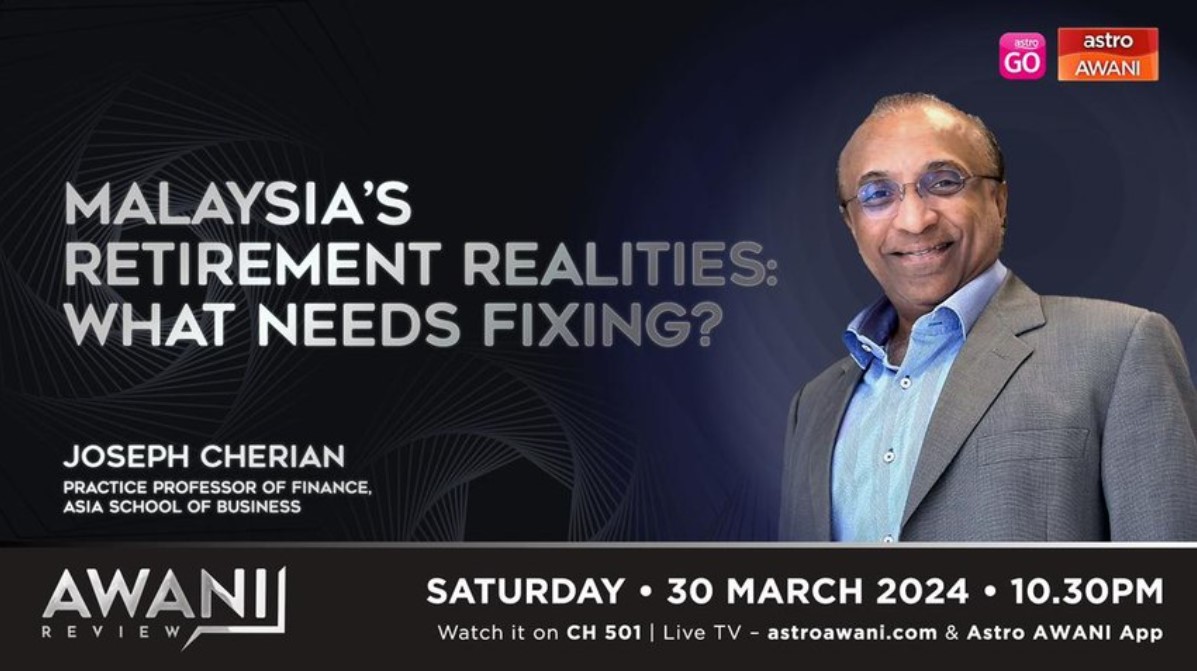
Why do so few Malaysians can afford retirement? Joseph Cherian, Practice Professor of Finance at the Asia School of Business, delves into pension challenges and proposes fairer, sustainable alternatives to ensure inclusive coverage in their later years.
Watch here.
Originally published by Astro AWANI.

Can anyone be an entrepreneur? What defines an entrepreneurial mindset? All this and more as Enterprise explores ‘The Psychology of Entrepreneurship’ with Professor Michael Frese, Professor of Management at Asia School of Business. With a particular focus on his paper titled ‘The Psychology of Entrepreneurship: Action and Process’, we will dive into the underlying psychological factors that drive entrepreneurial success and the practical implications for aspiring entrepreneurs.
Other than that, we will also look into the nuances of the Action Theory Process Model of Entrepreneurship, dissecting how it offers a deeper understanding of entrepreneurial actions and outcomes. Professor Frese recently won the renown Global Award for Entrepreneurship Research from the Swedish Entrepreneurship Forum. Established in 1996, the award celebrates outstanding research that significantly influences the field, recognizing Professor Frese’s work and substantial contributions to psychology in entrepreneurship theory, small business development, and entrepreneurship training.
Listen to the full interview below.
Originally published by BFM.

Watch here.
Originally published by RTM.
